Flowers, Birds and Butterflies of Eastern Anatolia
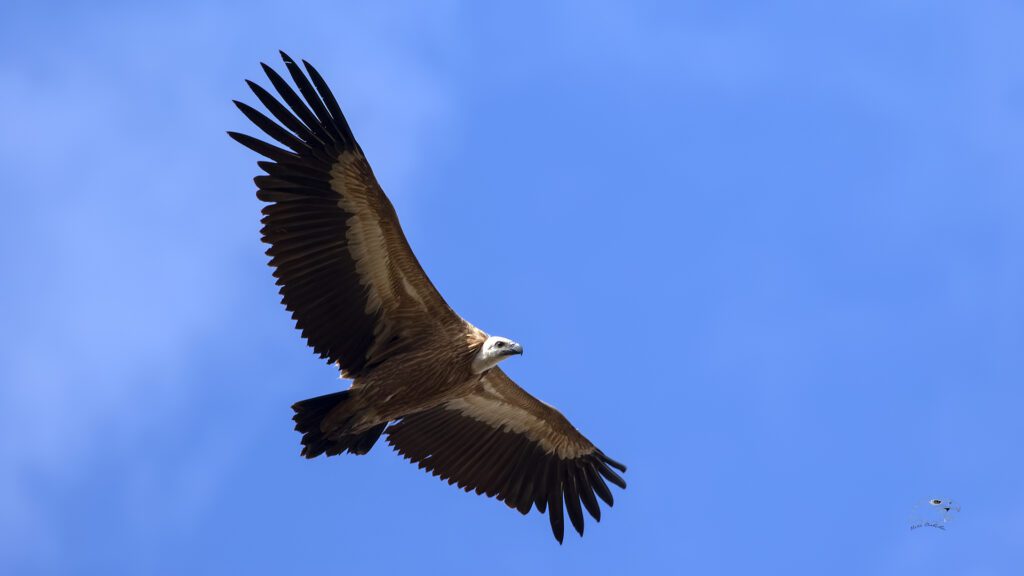
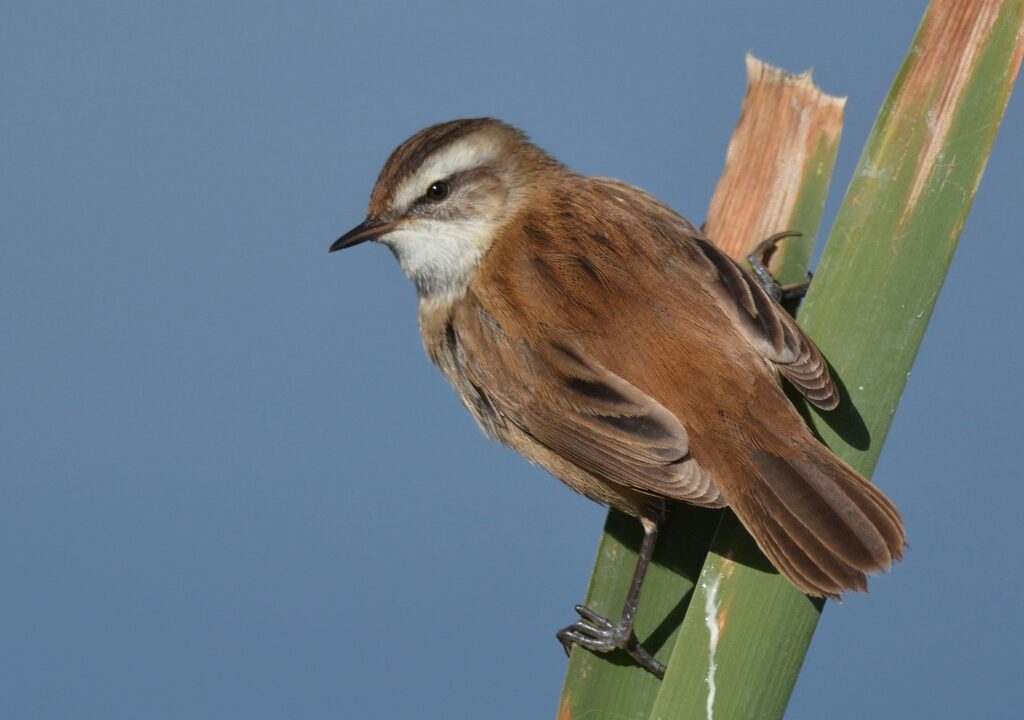
Call us now (+1) 646-693-8373
| Destinations | Contact Us |
Call us now (+1) 646-693-8373
| Destinations | Contact Us |


Van to Trabzon
 After breakfast, we will drive to a small lake located east side of city Van which called Ercek. Erçek Lake appears, a large lake, set even higher than Van at 1900m and surrounded by hill or mountainous steppe, a wide open and very beautiful sparsely inhabited landscape. Armenian gulls are very common also we will have chances to see Ruddy Shelducks, White-headed ducks, Black-necked grebes, Black-headed buntings, Common pochards, Marsh, Terek and Broad-billed sandpipers. Ranunculus kotschyi and Ranunculus sceleratus can be found in the wetter areas and orchids too, Orchis pseudolaxiflora. A very beautiful Convolvulus galaticus can be found in the area.. Noon, will drive among the shores of Van Lake. During the day, visit of Akdamar Island with iconic Armenian Church on it. Plants: Orchis pseudolaxiflora, Dactyorhiza osmanica, Pedicularis comosa
After breakfast, we will drive to a small lake located east side of city Van which called Ercek. Erçek Lake appears, a large lake, set even higher than Van at 1900m and surrounded by hill or mountainous steppe, a wide open and very beautiful sparsely inhabited landscape. Armenian gulls are very common also we will have chances to see Ruddy Shelducks, White-headed ducks, Black-necked grebes, Black-headed buntings, Common pochards, Marsh, Terek and Broad-billed sandpipers. Ranunculus kotschyi and Ranunculus sceleratus can be found in the wetter areas and orchids too, Orchis pseudolaxiflora. A very beautiful Convolvulus galaticus can be found in the area.. Noon, will drive among the shores of Van Lake. During the day, visit of Akdamar Island with iconic Armenian Church on it. Plants: Orchis pseudolaxiflora, Dactyorhiza osmanica, Pedicularis comosa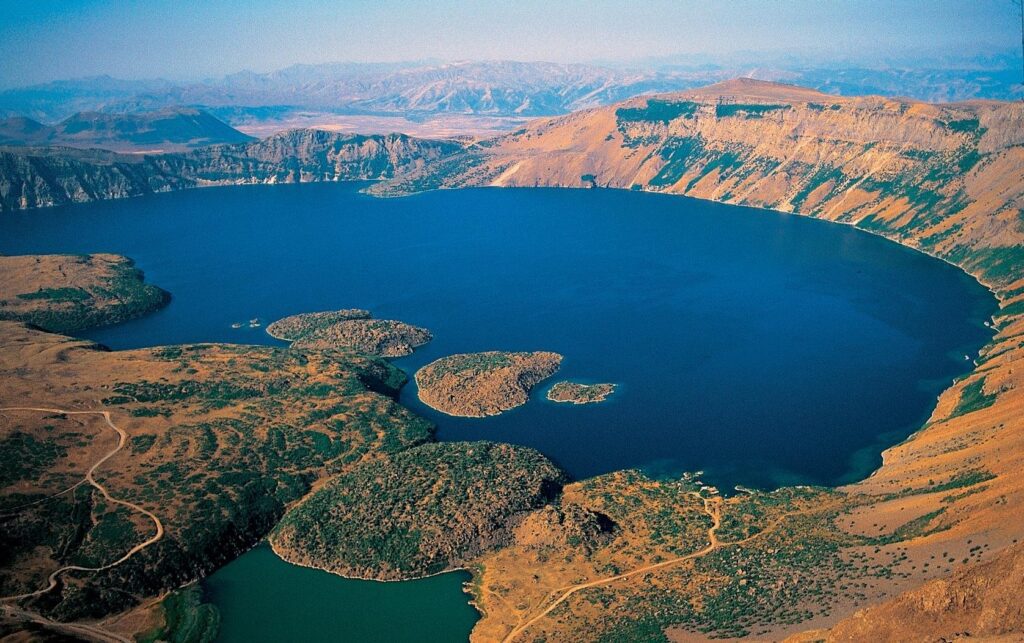
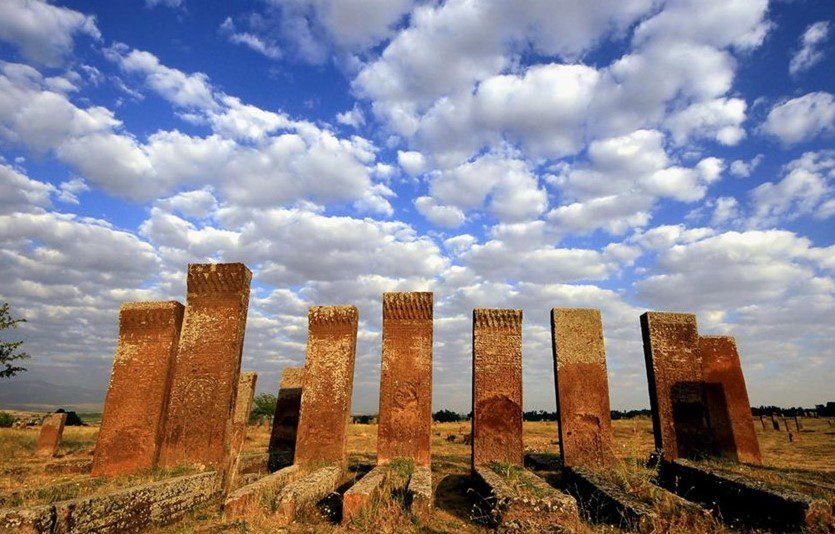 With more than 8,000 gravestones, the cemetery sits on a large piece of land. Efforts are presently being made by local authorities with a view to including the tombstones on UNESCO’s World Heritage List; with its domes, mosques, castle and cemeteries, Ahlat is like an open-air museum.Late after-noon we will be at Lake Sodaligol; a splendid but small lake which is located just near Lake Van and at the foothills of Mount Suphan. Lake Sodaligol has soda like its big brother Lake Van, plus some sandy parts, marshes and muddy surfaces. It is surrounded by villages where locals are friendly with birds; so birds are very tame to people. Dozens of White-headed Ducks, White-winged, Whiskered Terns, Oystercatchers, Greater Sand plovers, Curlew and Terek sandpipers, Pied Avocets, Sand Martins, Black-necked Grebes, Yellow wagtails, Slender-billed and Armenian Gulls can be watched here.
With more than 8,000 gravestones, the cemetery sits on a large piece of land. Efforts are presently being made by local authorities with a view to including the tombstones on UNESCO’s World Heritage List; with its domes, mosques, castle and cemeteries, Ahlat is like an open-air museum.Late after-noon we will be at Lake Sodaligol; a splendid but small lake which is located just near Lake Van and at the foothills of Mount Suphan. Lake Sodaligol has soda like its big brother Lake Van, plus some sandy parts, marshes and muddy surfaces. It is surrounded by villages where locals are friendly with birds; so birds are very tame to people. Dozens of White-headed Ducks, White-winged, Whiskered Terns, Oystercatchers, Greater Sand plovers, Curlew and Terek sandpipers, Pied Avocets, Sand Martins, Black-necked Grebes, Yellow wagtails, Slender-billed and Armenian Gulls can be watched here. 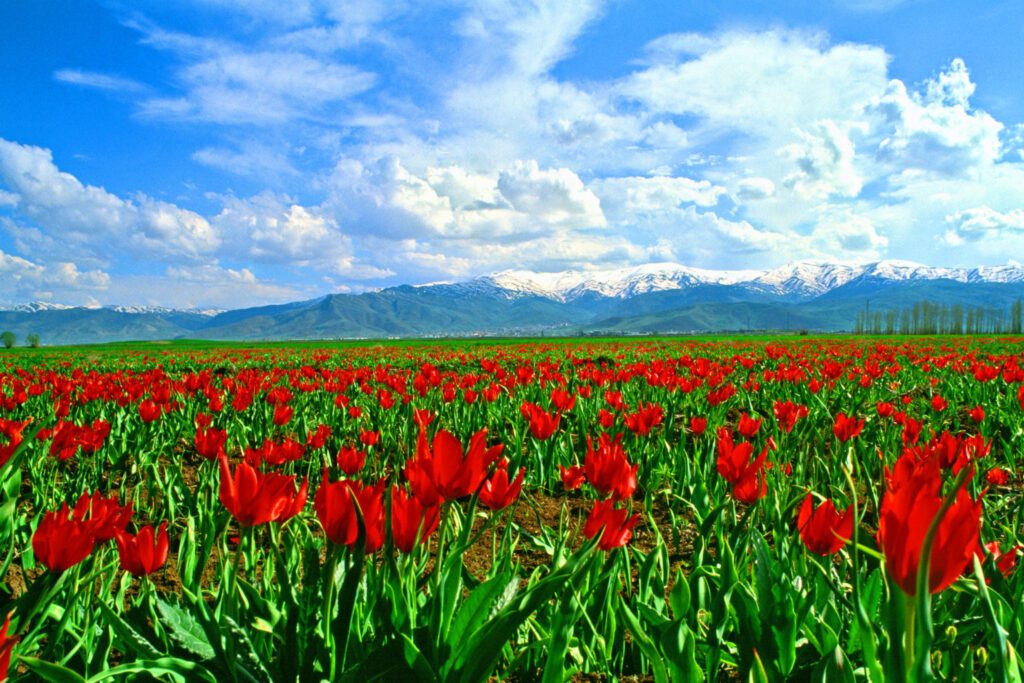 After breakfast early departure to Bulanık Plain, Turkey’s biggest flooded plain shaped by the River Murat. This is one of the last breeding areas of the Demoiselle Crane. Other birds include Montagu’s Harrier, Great Bustard, Common Crane, Black-bellied Sandgrouse, Gull-billed and White-winged Tern. Later we continue to Dogubeyazit; a settlement with a long history. Dogubeyazit lies 15 km southwest of Mount Ararat and 35 km from the Iranian border.
After breakfast early departure to Bulanık Plain, Turkey’s biggest flooded plain shaped by the River Murat. This is one of the last breeding areas of the Demoiselle Crane. Other birds include Montagu’s Harrier, Great Bustard, Common Crane, Black-bellied Sandgrouse, Gull-billed and White-winged Tern. Later we continue to Dogubeyazit; a settlement with a long history. Dogubeyazit lies 15 km southwest of Mount Ararat and 35 km from the Iranian border. 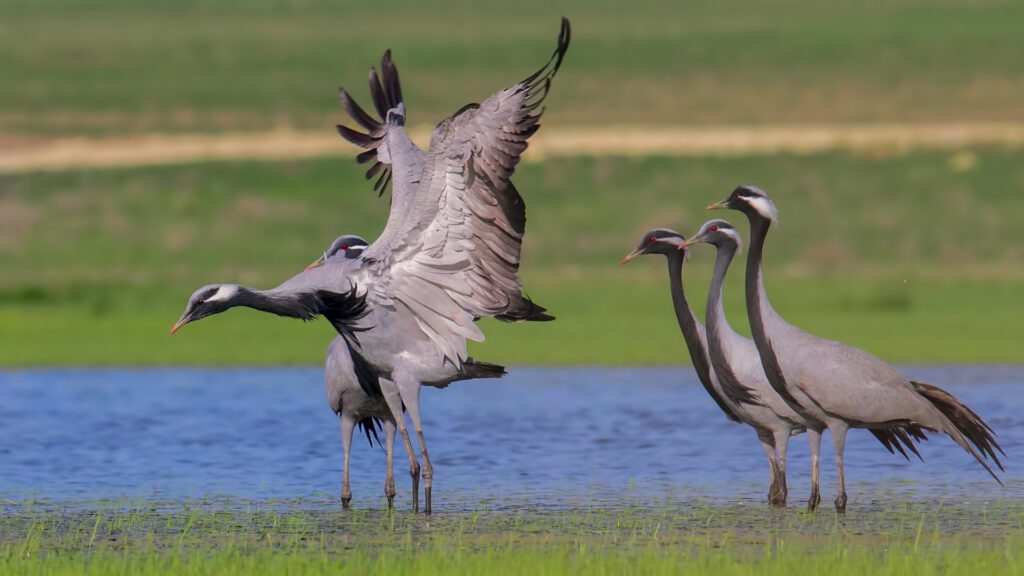
 After breakfast continuation to bird slopes around Mt. Ararat (5137m), famous for its resting place of Noah’s Ark and the highest mountain in Turkey, We will head to Doğubeyazıt Sazlığı, Saz Lake and Golyuzu Lake.. Continuation to Kars via Iğdır. Griffon Vulture, Rose-coloured Starling, Blue-cheeked Bee-Eater, Pygmy Cormorant are expected species on the road.
After breakfast continuation to bird slopes around Mt. Ararat (5137m), famous for its resting place of Noah’s Ark and the highest mountain in Turkey, We will head to Doğubeyazıt Sazlığı, Saz Lake and Golyuzu Lake.. Continuation to Kars via Iğdır. Griffon Vulture, Rose-coloured Starling, Blue-cheeked Bee-Eater, Pygmy Cormorant are expected species on the road. 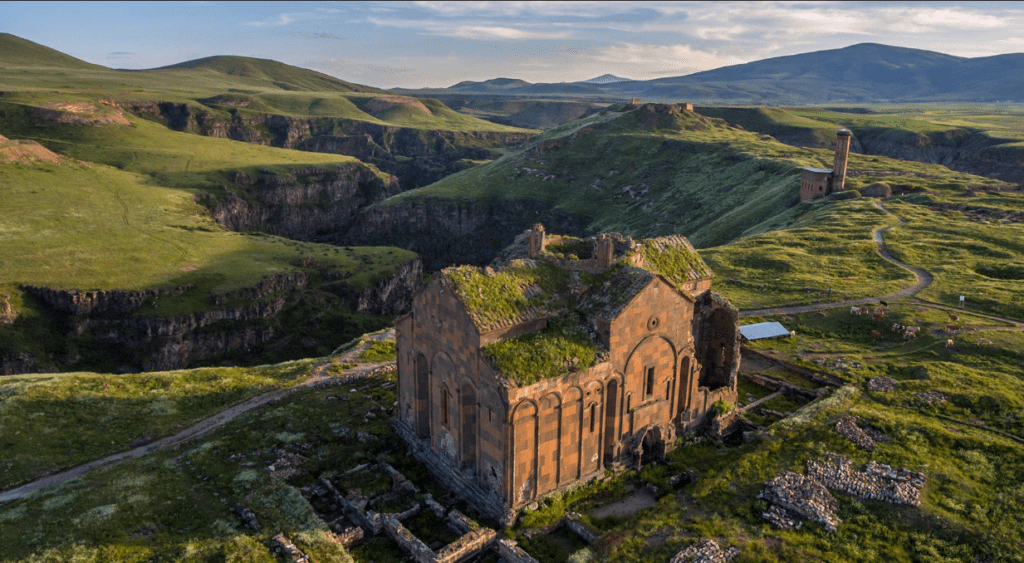 Breakfast and Discovery of Kars : With its pastel-coloured stone buildings dating from the 19th-century Russian occupation, and its well-organised grid plan, Kars looks like a slice of Russia teleported to northeastern Anatolia. And the city’s mix of influences – Kurdish, Azeri, Turkmen, Turkish and Russian – adds to its distinct feel. No wonder it provided the setting for Turkish author Orhan Pamuk’s acclaimed novel Kar (Snow). We will continue to Kuyucuk wetland .
Breakfast and Discovery of Kars : With its pastel-coloured stone buildings dating from the 19th-century Russian occupation, and its well-organised grid plan, Kars looks like a slice of Russia teleported to northeastern Anatolia. And the city’s mix of influences – Kurdish, Azeri, Turkmen, Turkish and Russian – adds to its distinct feel. No wonder it provided the setting for Turkish author Orhan Pamuk’s acclaimed novel Kar (Snow). We will continue to Kuyucuk wetland . 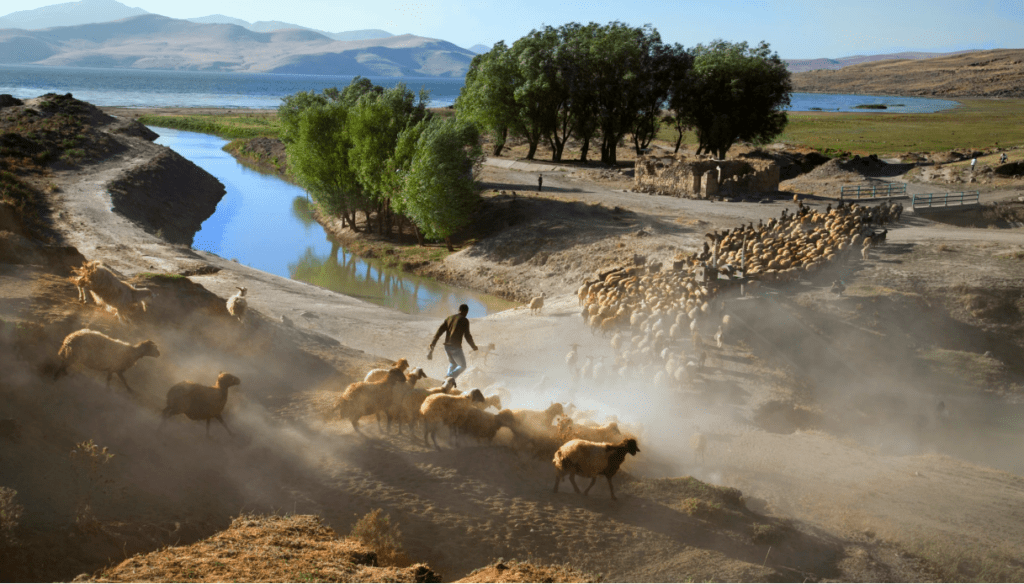 Kuyucuk Lake was the best wetland in Kars. especially for Ruddy Shelduck , 10% of total world population was counted there. However because of bad irrigation there is a big risk of losing this place. Birds include Red-necked and Black-necked Grebe, Slender-billed Gull, Ferruginous Duck, Rose-coloured Starling are possible among large numbers of waterbird can be observed here. After lunch we will visit Ani – ruined medieval Armenian city – which is an abandoned city of ghosts. Known as “The City of 1,001 Churches”, Ani’s Armenian rulers and city merchants funded an extraordinary number of places of worship, all designed by the greatest architectural and artistic minds in their milieu. Although the nickname was hyperbole, archaeologists have discovered evidence of at least 40 churches, chapels and mausoleums to date.
Kuyucuk Lake was the best wetland in Kars. especially for Ruddy Shelduck , 10% of total world population was counted there. However because of bad irrigation there is a big risk of losing this place. Birds include Red-necked and Black-necked Grebe, Slender-billed Gull, Ferruginous Duck, Rose-coloured Starling are possible among large numbers of waterbird can be observed here. After lunch we will visit Ani – ruined medieval Armenian city – which is an abandoned city of ghosts. Known as “The City of 1,001 Churches”, Ani’s Armenian rulers and city merchants funded an extraordinary number of places of worship, all designed by the greatest architectural and artistic minds in their milieu. Although the nickname was hyperbole, archaeologists have discovered evidence of at least 40 churches, chapels and mausoleums to date.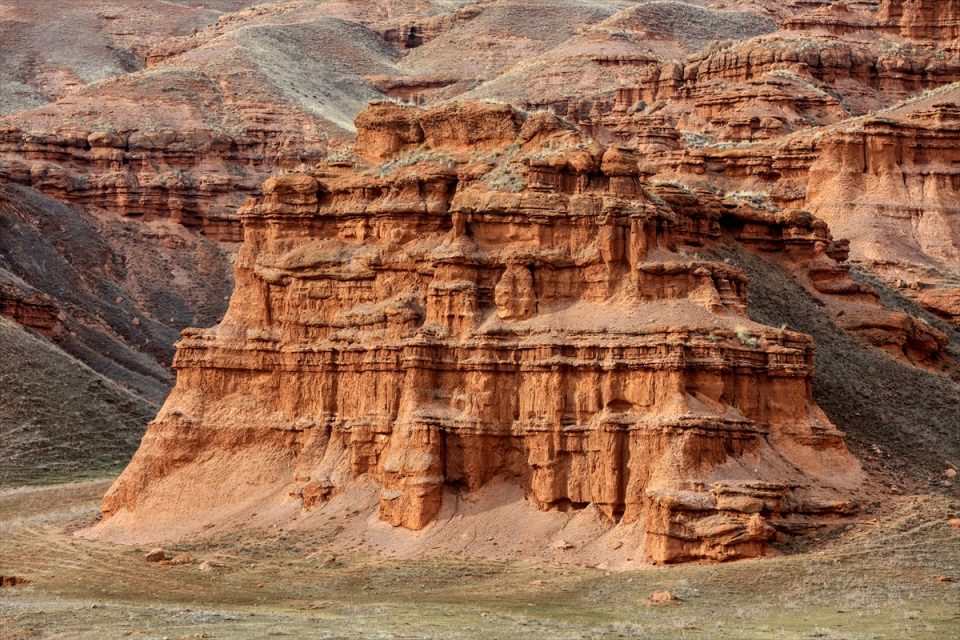

After breakfast we’ll leave Erzurum in the morning and begin our idyllic journey to İkizdere . Arriving in Ispir, we will search for Semi-collared Flycatcher, Caucasian Chiffchaff in the surrounding orchards, with a spectacular view of Coruh Valley, and drive on to Sivrikaya region where Golden Eagle, Griffon Vulture, Lammergeier can be observed as well as many other species, such as Alpine Accentor, Twite, Dipper and Grey Wagtail.
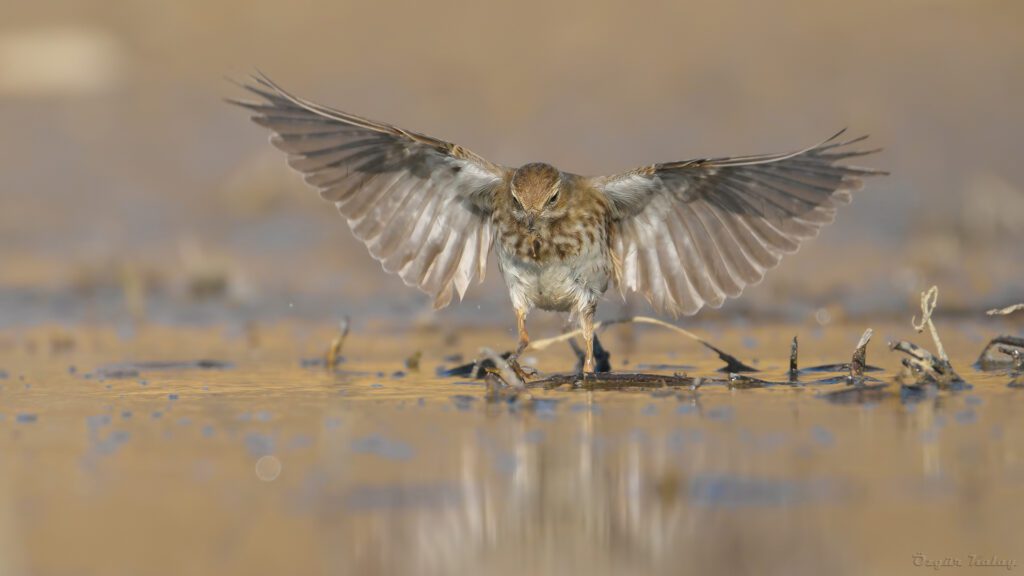
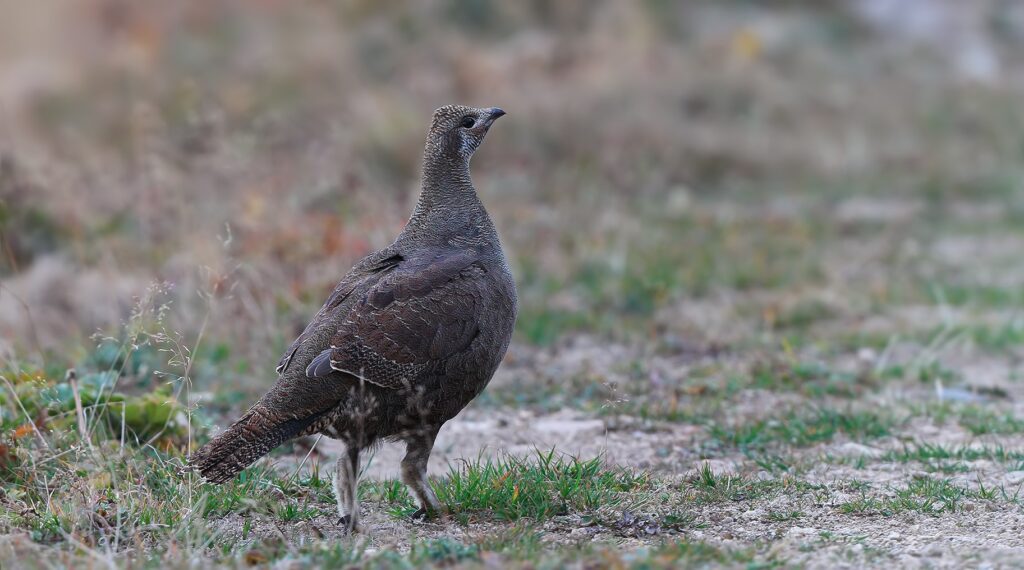
 Breakfast and continuation to Altındere Valley via Maçka. We will take time to explore the area around Sumela Monastery and Altindere Valley. The Monastery of Sumela is a Greek Orthodox monastery at the foot of a steep cliff facing the Altindere valley. Founded in the year 386 AD during the reign of the Emperor Theodosius I., legend has it that two priests undertook the founding of the monastery on the site after having discovered a miraculous icon of the Virgin Mary in a cave on the mountain. With its natural values, Altındere Valley National Park is a famous area and was declared a national park in 1987; the valley is coated in a rich variety of flora and it is also notable for the diversity of its fauna. We take time to watch out for Green Warbler, Dipper, Coal Tit, the sparrow hawk, eagle owl, falcon, short-eared owl, Red-breasted Flycatcher, Treecreeper and Jay.
Breakfast and continuation to Altındere Valley via Maçka. We will take time to explore the area around Sumela Monastery and Altindere Valley. The Monastery of Sumela is a Greek Orthodox monastery at the foot of a steep cliff facing the Altindere valley. Founded in the year 386 AD during the reign of the Emperor Theodosius I., legend has it that two priests undertook the founding of the monastery on the site after having discovered a miraculous icon of the Virgin Mary in a cave on the mountain. With its natural values, Altındere Valley National Park is a famous area and was declared a national park in 1987; the valley is coated in a rich variety of flora and it is also notable for the diversity of its fauna. We take time to watch out for Green Warbler, Dipper, Coal Tit, the sparrow hawk, eagle owl, falcon, short-eared owl, Red-breasted Flycatcher, Treecreeper and Jay. I can thoroughly recommend Eskapas. A friendly and highly professional company. Onur was very efficient in making the arrangements and we had 10 excellent days of migration and other birdwatching. Our guide Havi was highly knowledgeable with excellent id skills, clearly imparted to the clients. He has a flexible and pleasant attitude, matching well to our requirements. His local knowledge, contacts and guiding greatly enhanced our experience of the area.
Eastern Turkey is a real treasure for birders. I recommend End of May to explore this area. Eskapas is the best Turkish tour operator for birding tours.
